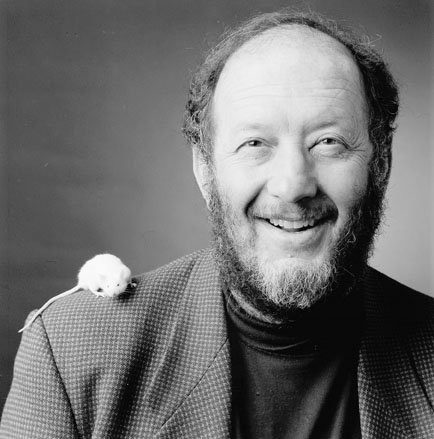Explore Stanford Medicine
Leading in Precision Health
Stanford Medicine is leading the biomedical revolution in precision health, defining and developing the next generation of care that is proactive, predictive and precise. Learn about Precision Health at Stanford
Diversity
Diversity in all forms enhances Stanford Medicine's core missions — education, research and health care. More
A Legacy of Innovation
-
First synthesis of biologically active DNA in test tube

Nobel laureate Arthur Kornberg creates a strand of biologically active DNA, paving the way for studies of genetics.
-
First adult human heart transplant in the United States

Norman Shumway successfully transplants a heart into 54-year-old steelworker Mike Kasperak, who survives for 14 days.
-
First expression of a foreign gene implanted in bacteria by recombinant DNA methods

Geneticist Stanely Cohen transfers a foreign gene into bacterial cells, which then express the gene.
-
First successful human combined heart/lung transplant in the world (fourth attempted worldwide)

Mary Gohlke receives the world's first combined heart and lung transplant in a landmark operation led by surgeon Bruce Reitz.
-
Isolation of a gene coding for part of the T-cell receptor, a key to the immune system’s function

Immunologist Mark Davis characterizes the T-cell receptor, believed to regulate the body's response to infectious agents and cancerous diseases.
-
Isolation of pure hematopoietic stem cells from mice

Pathologist Irving Weissman isolates a rare mouse cell, known as the hematopoetic stem cell, which gives rise to all the cells of the blood and immune systems.
-
First use of gene expression profiling to predict cancer outcomes
-
Application and expansion of optogenetics, a technique to control brain cell activity with light

Bioengineer Karl Deisseroth and his team develop a technique known as optogenetics that allows them to genetically alter brain cell activity in mice with light.